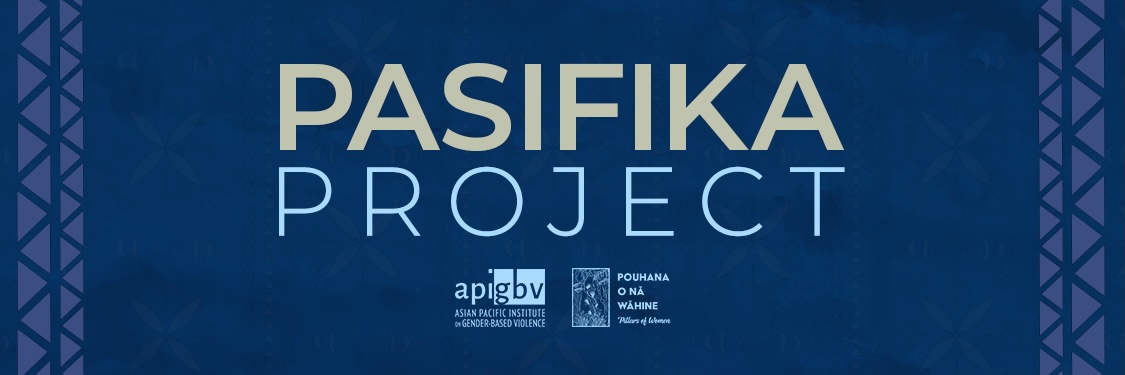
Project Resources
About the NHPI/Pasifika Project
The Asian Pacific Institute on Gender-Based Violence (API-GBV), in partnership with Pouhana O Nā Wāhine (Pouhana), is honored to lead the Native Hawaiian and Pacific Islander (NHPI/Pasifika) Project—the first NHPI-led national initiative focused on strengthening the capacity of organizations serving NHPI victims of domestic violence, sexual assault, dating violence, and stalking.
Funded by the Office on Violence Against Women (OVW) under the FY2024 Training and Technical Assistance Initiative, this project aims to expand access to victim services through culturally responsive and tailored training and technical assistance (TTA), and peer support. TTA may include support with grant management, community-based safety planning, and culturally specific advocacy.
Project Goals
- Strengthen the capacity of victim services organizations to serve NHPI victims and their families
- Build leadership and infrastructure within NHPI advocacy organizations
- Improve access to services for individuals with limited English proficiency or difficulty connecting to available support
What We Do
- Host listening sessions and needs assessments with NHPI-serving organizations
- Offer webinars and regional convenings on organizational development and community-focused service models
- Provide one-on-one technical assistance and peer-to-peer networking opportunities
- Develop tools and resources that reflect and respond to community strengths
Together, API-GBV and Pouhana are committed to building sustainable, community-based solutions to address gender-based violence in NHPI communities.
Want to learn more or connect with the team?
Email us at pasifika@api-gbv.org
Sign Up for Email Updates
Stay connected with news, upcoming events, and ways to engage with the Pasifika Project.
Click here to join our email list.
This project was supported by Grant No. 15JOVW-24-GK-02999-STOP awarded by the Office on Violence Against Women, U.S. Department of Justice. The opinions, findings, conclusions, and recommendations expressed in this publication/program/exhibition are those of the author(s) and do not necessarily reflect the views of the U.S. Department of Justice.